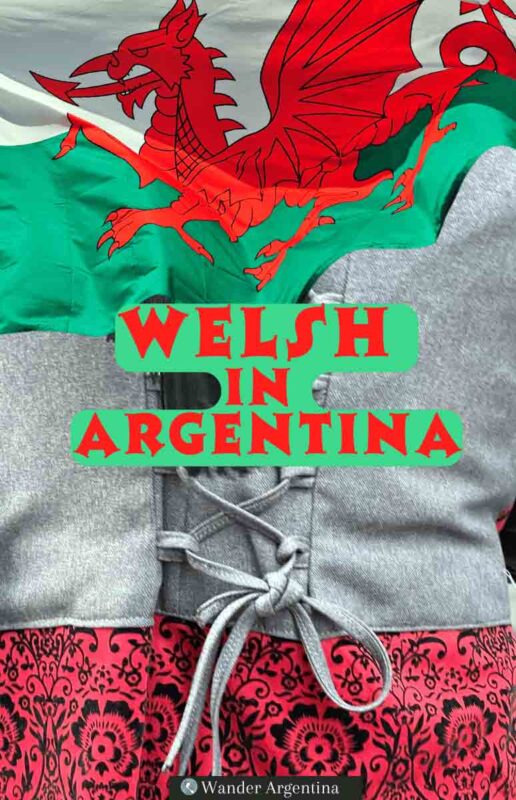The Welsh community in Argentina has an intriguing and little-known history.
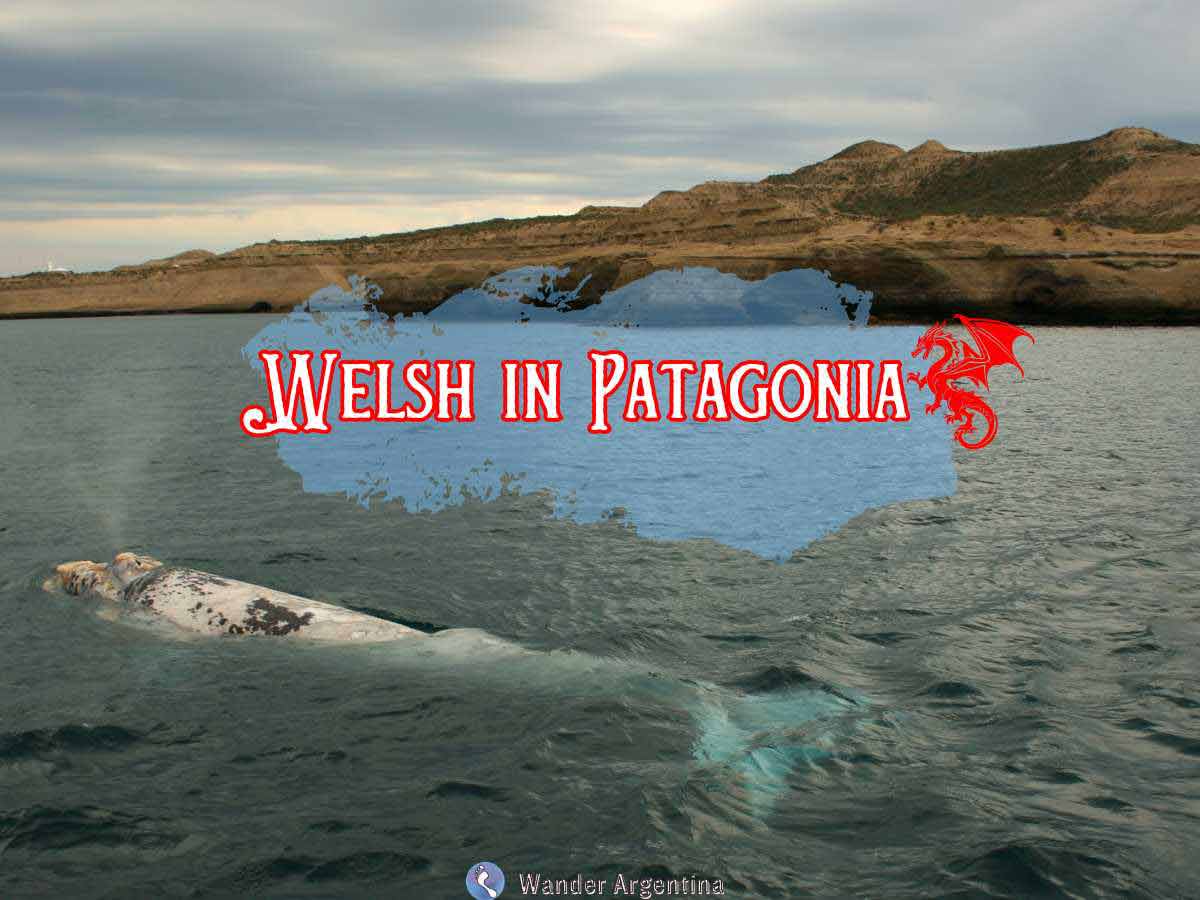
In the 1860s Welsh emigrants, seeking to preserve their language and culture, left Wales to establish a settlement on Argentina’s rugged Patagonia coast.
Their vision was to create a ‘Wales of the South’ in Argentina.
Puerto Madryn, named after Porth Madryn in Wales, is the major port town here and a jumping-off point for whale and wildlife excursions that draw visitors from around the world.
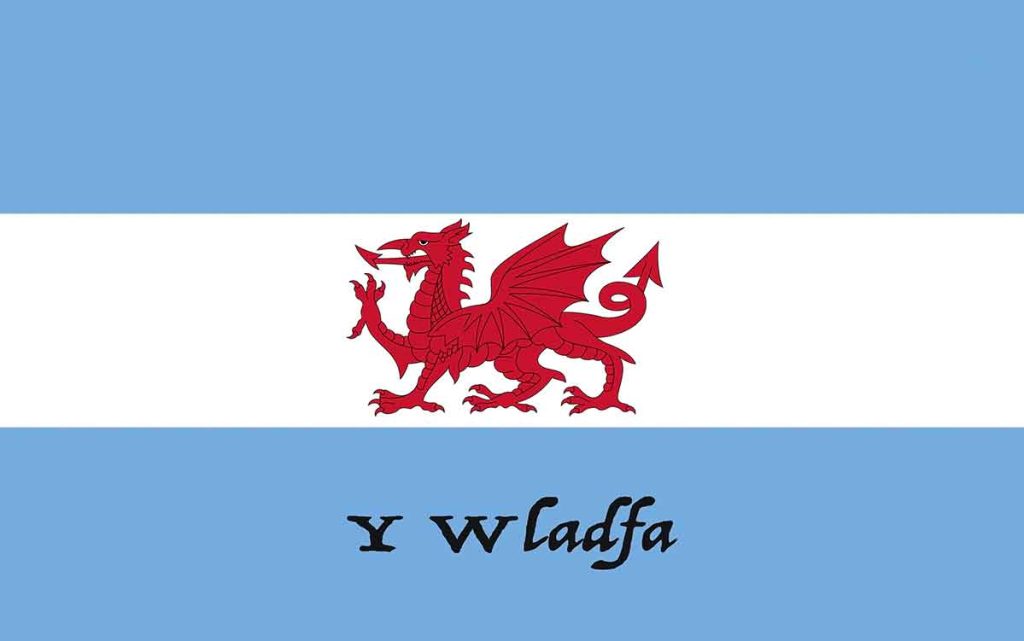
The Original Welsh Explorers
While exploring Argentina’s stunning coastline, filled with wildlife-rich gulfs, a fierce storm forced Love Jones-Parry and his crew into a secluded Atlantic cove.
Inspired by the similar terrain to home, he named their makeshift port ‘Porth Madryn,’ after his Welsh estate in Gwynedd.
Today’s shipwreck remnants along the coast of Puerto Madryn bear witness to the fierce winds the Jones-Parry expedition must have faced.
The crew was made Argentine prisoners (on ‘loan’ from the government 😬) presumably with no sailing experience.
Despite their initial ordeal, they met with the Argentine Minister for Home Affairs, Dr Guillermo Rawson, gave them the green light to settle the area.
Driven by a strong sense of identity, they were part of a distinctly Welsh religious movement—Calvinistic Methodism, eager to resist English imperialism.
Jones-Parry and his co-founder, Lewis Jones returned to Wales, to rally their fellow parishioners that the unclaimed lands of Patagonia’s Atlantic coast were where Welsh culture could flourish without constraint.
Patagonia’s First Welsh Pioneers
In 1865 the first 153 Welsh settlers, a third of them children, arrived after two grueling months at sea aboard the clipper boat, Mimosa.
While aboard, two babies were successfully delivered, five passengers, all children, died and were buried at sea and a couple from Abergynolwy got married.
A Rocky Start
After arrival, the settlers discovered their challenges didn’t end with escaping encroaching British mandates in their homeland.
The group landed in the middle of winter, and thus were greeted by cold, whipping winds.
While the windswept topography of this Patagonia plateau resembles the Llŷn Peninsula and its rugged coastline, it didn’t take long to realize the land wasn’t suitable for farming and there was no source of fresh water.
Fear and despair set in rather quickly and the settlers had to rely on their faith in the face of a life-and-death situation.
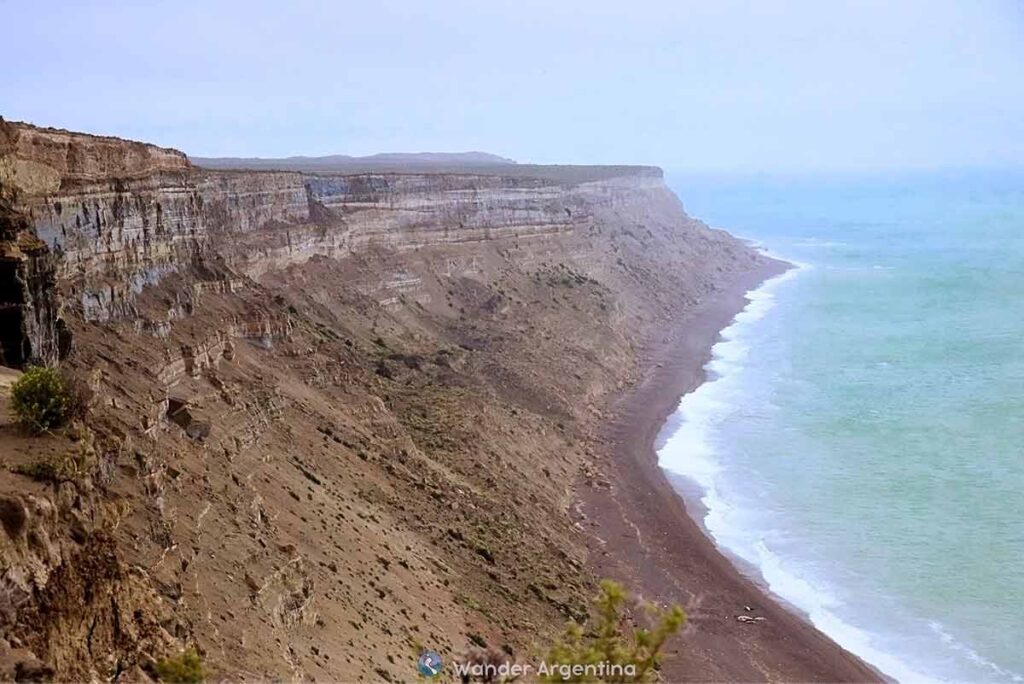
The settlers made a quick decision to move further inland into the Chubut River valley, into what is today the unremarkable provincial capital, Rawson.
The 65-kilometer (40 mi) march was arduous, and a few more members perished on the trek.
Once they arrived in Rawson their survival hinged on producing food but the group had few farmers.
Nomadic Tehuelche people, who seasonally hunted on these lands, expressed suspicion.
With no way to communicate and finite resources, there were initial skirmishes between the two groups.
Despite this marking the beginning of the end of the Tehuelche way of life, eventually, there was cooperation.
The indigenous locals assisted the Patagonian Welsh in enduring early food shortages by sharing survival skills such as how to hunt with a boleadora ( a type of throwing weapon).
The Dream of Welsh Colonies Realized
By the 1880s, the Welsh had established their own, independent Congregationalist government.
The settlers’ refusal to conduct official business in Spanish and close ties with the British government began to irk Argentine authorities.
Young men were conscripted to military training but conflicts occurred when the Welsh Puritans refused to report on Sundays for religious reasons.
President Julio Roca intervened, recognizing the Welsh settlers’ strategic importance he granted them a religious exemption.
In 1884, Lewis Jones was appointed governor of Chubut, a position he held until 1895.
He established two Welsh newspapers, one in print until 1961.
The Central Chubut Railway, a 1,000 mm narrow gauge line linking Porth Madryn to Trelew was completed in 1888.
The Welsh were producing 6,000 tons of wheat annually by this time, as well as wool, meat, hides and feathers that the railway allowed them to easily export.
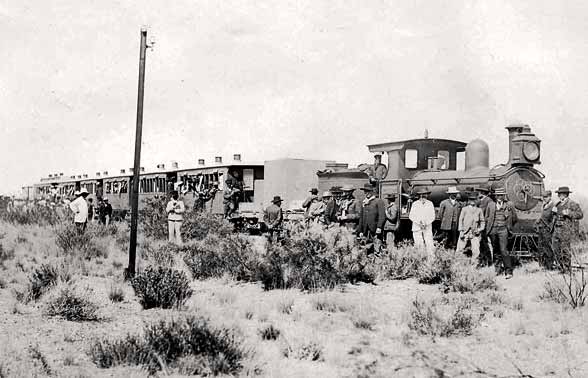
The Great European Immigration Wave to Argentina began, so more Welsh descended on the country, branching out to Trelew (‘Trelyw’ in Welsh, named after Jones), Gaiman and the lower Chubut valley towns of Esquel and Trevelin.
The ‘Welsh Colony of Chubut’ (Y Wladfa or sometimes Y Wladychfa Gymreig in Welsh) flourished after a couple of decades.
Nevertheless, thirty-five years after arriving in 1900, a third of the original group were done with the pioneer life in Argentina and resettled in Saskatchewan, Canada.
Others went further into the Andes.
Some Welsh went into Santa Fe province and others settled in the Buenos Aires Province where there were already plenty of other Celtic people.
In 1902. the year Lewis Jones passed away, the English arbitrated land disputes between Argentina and Chile.
The remaining Welsh chose to become Argentine citizens to secure their rights in the region.
Roca’s deadly ‘Conquest of the Desert’ campaign meant that the Tehuelche people were displaced and today only a few hundred of their descendants remain in the region.
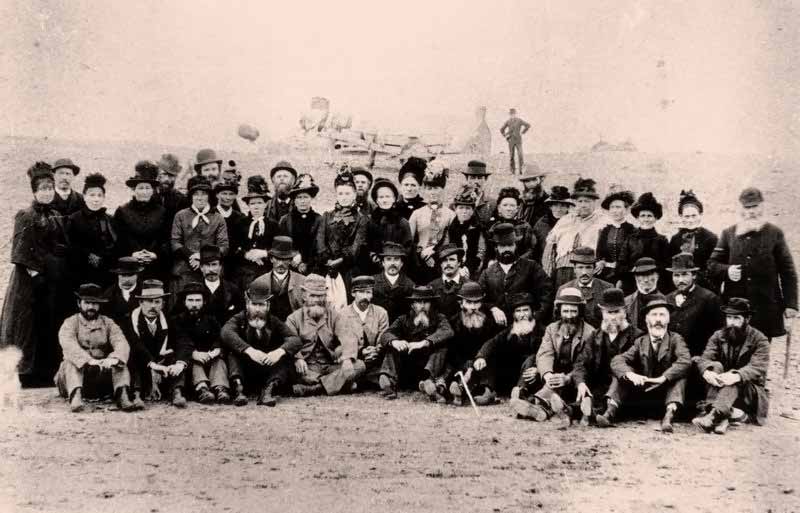
Assimilation: The Push to Become Argentina
The First World War further ended the Welsh colonies’ peaceful isolation from larger Argentine cultures.
More European immigrants made their way to Argentina: Italians, Bulgarians, Serbs, German-Swiss and Spaniards among them.
Following a military coup, during Argentina’s nationalistic ‘Infamous Decade’ (1930-1943) Welsh was once again banned in schools.
Argentina’s famous president Juan Perón nationalized the railway lines in the 40s and they closed down, bringing further economic decline to the area.
Thanks to an international whaling ban, local waters started attracting whales toward the end of the 20th century and tourism became a central source of economic activity.
Welsh Culture in Argentina Today
Today there remain 70,000 Chubutense Welsh.
5,000 people in Patagonia still speak some Welsh — more than in Wales itself.
The Welsh addition to the intriguing cultural medley of Argentina is centered around the towns of Dolavon, Gaiman, Trelew, and Trevelin.
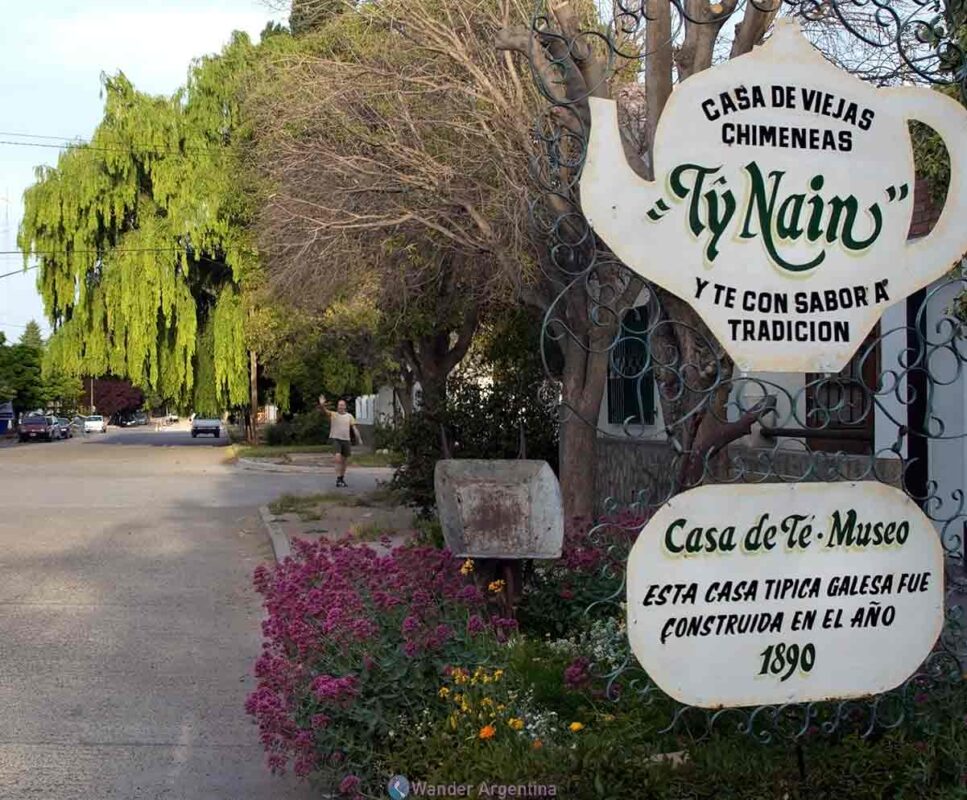
Traces of Welsh culture can be seen in the 18 remaining Methodist chapels and the hearty and down-to-earth disposition of the locals.
The town of Trelew has a bilingual Welsh-Spanish school, Ysgol yr Hendre.
Eisteddfod in Argentina
The Welsh who stayed in Argentina assimilated into the broader culture over generations but their historical significance in the Puerto Madryn and area remains.
One very Welsh tradition that survived Argentina’s nationalist regimes is the ‘Eisteddfod,’ an annual competition of literature, recitation, music and performance that local kids prepare for all year.
Eisteddfod takes place in the villages of Gaiman and Trelew in October, so if you are here to explore Welsh culture in addition to local wildlife, that is the time to visit.
Whales and Wales: A Historic Visit from the Princess of Wales
Princess Diana brought worldwide attention to Welsh Patagonia when she visited in 1995 as part of a humanitarian tour.

The Princess of Wales landed to crowds of men yelling out, ‘hermosa‘ (beautiful) and — as the face of the crown — angry Falkland/Malvina War protesters.
Her whale-watching tour highlighting the antics of Southern Right Whales up close and a visit to one of Gaiman’s Welsh tea houses, Ty Te Caerdydd were broadcast worldwide.
Visit a Welsh Teahouse In Gaiman
The main draw to this area is the incredible wildlife excursions including whale-watching but Gaiman is on the way to the penguin reserve of Punta Tombo and worth a small detour.
Gaiman is a small village of 6000 people with street signs and Welsh and traditional tea houses.
Unlike fast-paced Buenos Aires, in Patagonia people take a siesta, and Welsh tea melds perfectly with Argentina’s beloved merienda.
Piles of cakes, scones, homemade bread, jams and cheese hit the spot after a day of wildlife viewing or anytime.
The tea shops in Gaiman typically open around 3:00 pm.
The teahouses in Gaiman have gained a reputation for synchronized pricing strategies, so better to visit them as part of a full-day tour of the Welsh settlements.
Another option is to boycott and just go to a regular walk-in panderia (bakery) to bring along some treats for your wildlife excursions
Try bara brith cake (called torta negra in Spanish) a dense, sweet bread with a nice kick thanks to the dried fruits soaked in liquor found inside.
Gaiman Itinerary: When To Go
Whether you fly into Trelew or you’re here during penguin season and headed to the penguin reserve at Punta Tombo from Puerto Madryn, a trip to Gaiman is a short detour that is a worthwhile addition to your Coastal Patagonia itinerary.
The Gaiman visitors center is in the former train depot as you enter town.
In the first half of the year, before the whales arrive in June, there are fewer tea shops open.
But on July 28 the anniversary of the original Welsh pioneers’ arrival is celebrated with a provincial Chubut holiday.
Visit Bethel Chapel, the original Methodist chapel in Gaiman and indulge in Welsh culture and tea service.
Gaiman is also lively during Eisteddfod in October.
Curious Welsh visitors or those looking for long-lost cousins should drop by the Welsh Cultural Association of Puerto Madryn to check for events and activities.
Bonus for Music Lovers: Welsh-Argentina Musical Connections
Argentine folkloric music grew out of the melding of melodies from many different immigrant groups.
Songwriter and folk guitarist, René Griffiths is celebrated for his folk tunes which give a nod to his Welsh roots.
He even has a Welsh ode to the original settler: ‘Breuddwyd Michael D. Jones‘ (breuddwyd means ‘prophetic vision’ in Welsh).
Griffiths is the long-lost uncle of Welsh musician Gruff Rhys from Small Furry Animals.
In 2010, Rhys came here on a quest to trace his family history.
It became a rock and roll road movie, ‘Separado!’ that explores the events that led to his family’s cross-Atlantic division with Welsh Patagonia as a dropback.
2022 break-out music star, Ren, may also have long-lost cousins here, as he hails from Gwynedd, the same county as the Welsh Patogonians.
Getting to Gaiman
Puerto Madryn to Gaiman is 80 km. It takes about an hour by car along paved roads.
If you fly into Trelew, Gaiman is only fifteen minutes away.
Driving
In case you don’t have a local sim card to get directions, just take Route 3 south out of Puerto Madryn until you hit Trelew.
From Trelew, Gaiman is 17 km (10 mi) west via Route 25 .
By Public Transportation:
- From the Puerto Madryn bus terminal, there are frequent bus services to the city of Trelew, provided by companies like 28 de Julio and MaryValle.
- From Trelew, take a taxi, remis (private car service), or intercity buses (also 28 de Julio) to get to the town of Gaiman, 12 km away.
